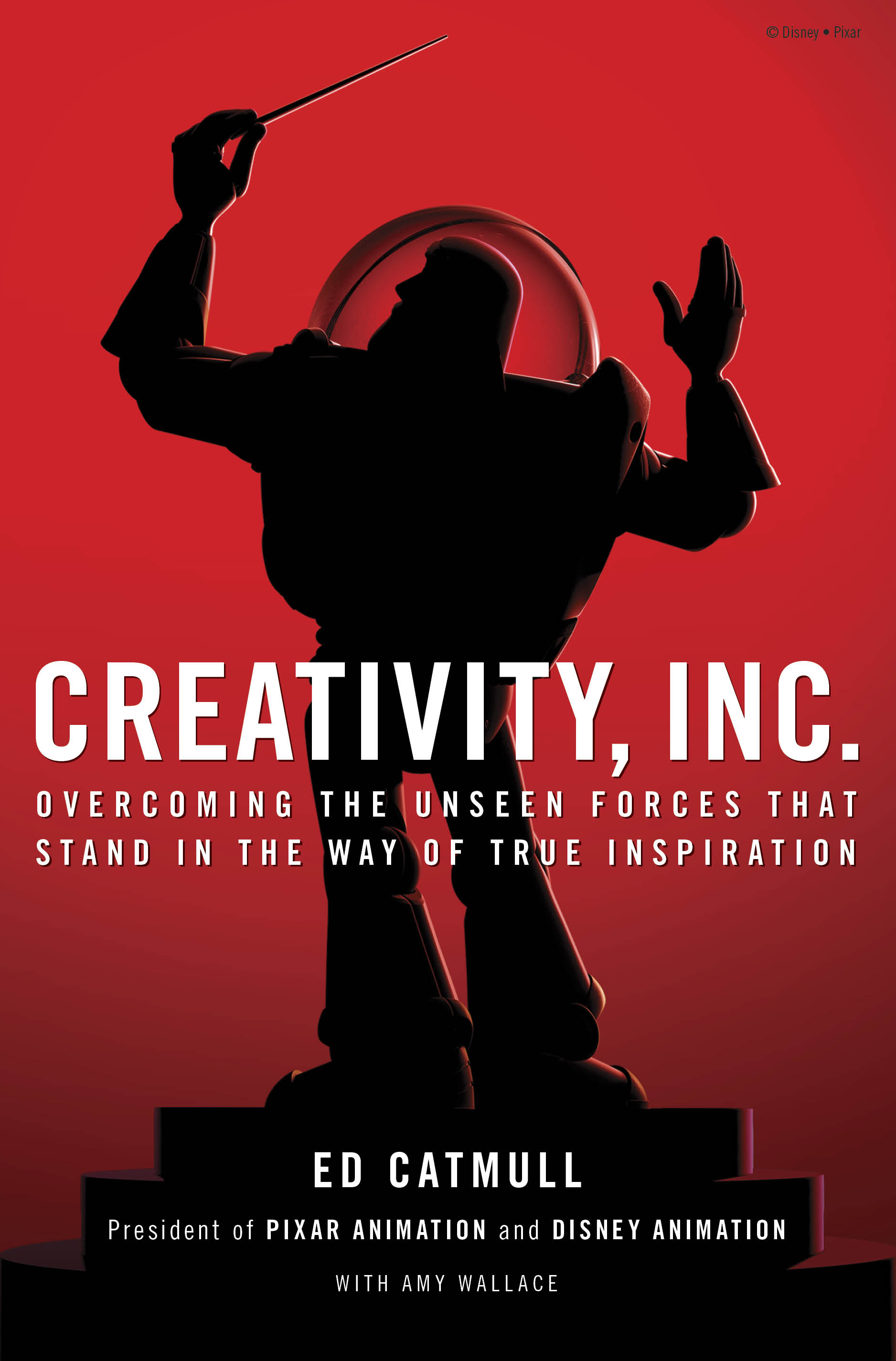1) "The thesis of this book is that there are many blocks to creativity, but there are active steps we can take to protect the creative process. In the coming pages, I will discuss many of the steps we follow at Pixar, but the most compelling mechanisms to me are those that deal with uncertainty, instability, lack of candor, and the things we cannot see. I believe the best managers acknowledge and make room for what they do not know—not just because humility is a virtue but because until one adopts that mindset, the most striking breakthroughs cannot occur. I believe that managers must loosen the controls, not tighten them. They must accept risk; they must trust the people they work with and strive to clear the path for them; and always, they must pay attention to and engage with anything that creates fear. Moreover, successful leaders embrace the reality that their models may be wrong or incomplete. Only when we admit what we don't know can we ever hope to learn it."
2) "Not only did I often sleep on the floor of the computer rooms to maximize time on the computer, but so did many of my fellow graduate students. We were young, driven by the sense that we were inventing the field from scratch—and that was exciting beyond words. For the first time, I saw a way to simultaneously create art and develop a technical understanding of how to create a new kind of imagery. Making pictures with a computer spoke to both sides of my brain. To be sure, the pictures that could be rendered on a computer were very crude in 1969, but the act of inventing new algorithms and seeing better pictures as a result was thrilling to me."
3) "Pixar could not have survived without Steve, but more than once in those years, I wasn't sure if we'd survive with him. Steve could be brilliant and inspirational, capable of diving deeply and intelligently into any problem we faced. But he could also be impossible: dismissive, condescending, threatening, even bullying. Perhaps of most concern, from a management standpoint, was the fact that he exhibited so little empathy. At that point in his life, he was simply unable to put himself in other people's shoes, and his sense of humor was nonexistent. At Pixar, we have always had a pretty deep bench of jokesters and a core belief in having fun, but everything we tried with Steve fell painfully flat. Known for holding forth in meetings to the exclusion of all others, he once briefed a group of us who were about to go into a session with Disney execs by stressing how important it was that we 'listen and not talk.' The irony was so obvious, I couldn't resist saying: 'Okay, Steve, I'll try to restrain myself.' Everyone in the room laughed, but he didn't crack a smile."
4) "Getting the team right is the necessary precursor to getting the ideas right. It is easy to say you want talented people, and you do, but the way those people interact with one another is the real key. Even the smartest people can form an ineffective team if they are mismatched. That means it is better to focus on how a team is performing, not on the talents of the individuals within it. A good team is made up of people who complement each other. There is an important principle here that may seem obvious, yet in my experience is not obvious at all. Getting the right people and the right chemistry is more important than getting the right idea."
5) "Naturally, every director would prefer to be told that his film is a masterpiece. But because of the way the Braintrust is structured, the pain of being told that flaws are apparent or revisions are needed is minimized. Rarely does a director get defensive, because no one is pulling rank or telling the filmmaker what to do. The film itself—not the filmmaker—is under the microscope. This principle eludes most people, but it is critical: You are not your idea, and if you identify too closely with your ideas, you will take offense when they are challenged. To set up a healthy feedback system, you must remove power dynamics from the equation—you must enable yourself, in other words, to focus on the problem, not the person."
6) "When filmmakers, industrial designers, software designers, or people in any other creative profession merely cut up and reassemble what has come before, it gives the illusion of creativity, but it is craft without art. Craft is what we are expected to know; art is the unexpected use of our craft."
7) "Managers of creative companies must never forget to ask themselves: 'How do we tap the brainpower of our people?' From its genesis to its execution, from the goodwill it engendered to the company-wide changes it set in motion, Notes Day was a success in part because it was based on the idea that fixing things is an ongoing, incremental process. Creative people must accept that challenges never cease, failure can't be avoided, and 'vision' is often an illusion. But they must also feel safe—always—to speak their minds. Notes Day was a reminder that collaboration, determination, and candor never fail to lift us up."




